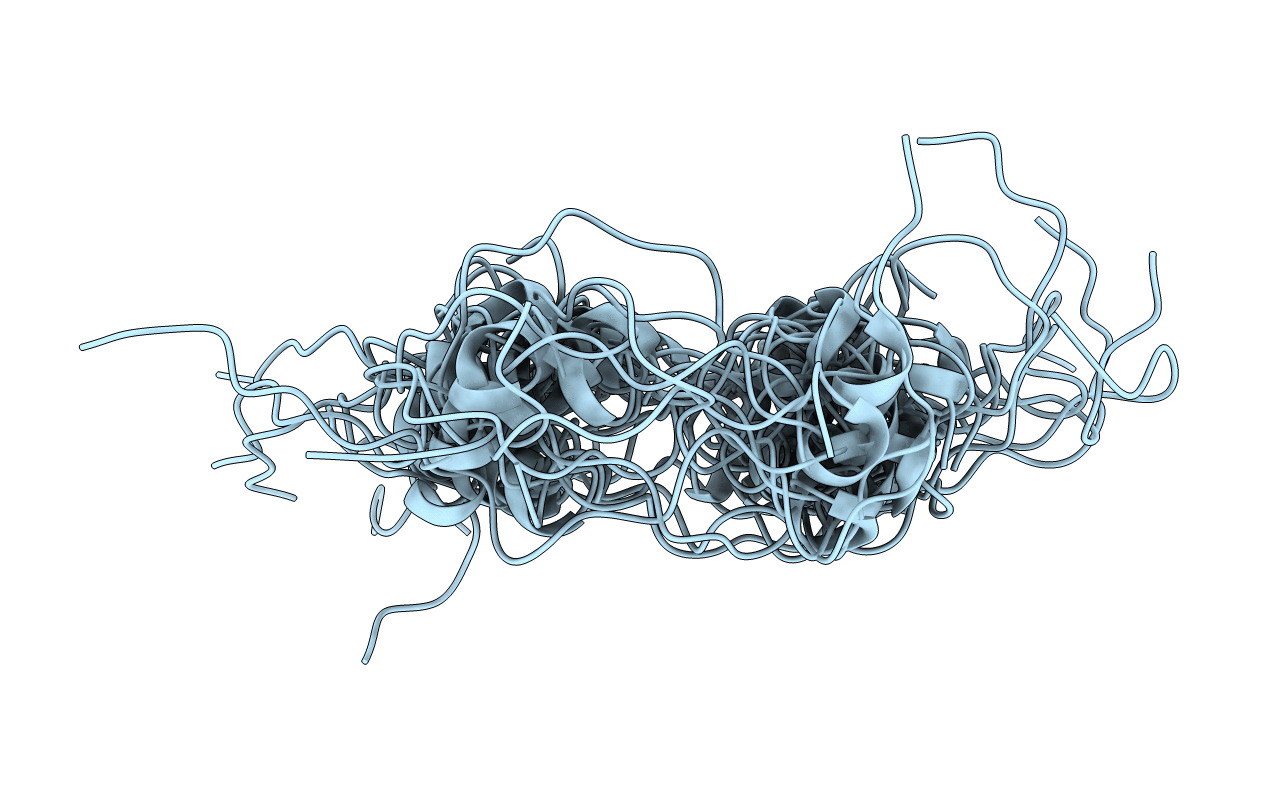
Deposition Date
2004-10-27
Release Date
2005-02-15
Last Version Date
2024-11-06
Entry Detail
Biological Source:
Source Organism:
Method Details:
Experimental Method:
Conformers Calculated:
40
Conformers Submitted:
20
Selection Criteria:
structures with the lowest energy


